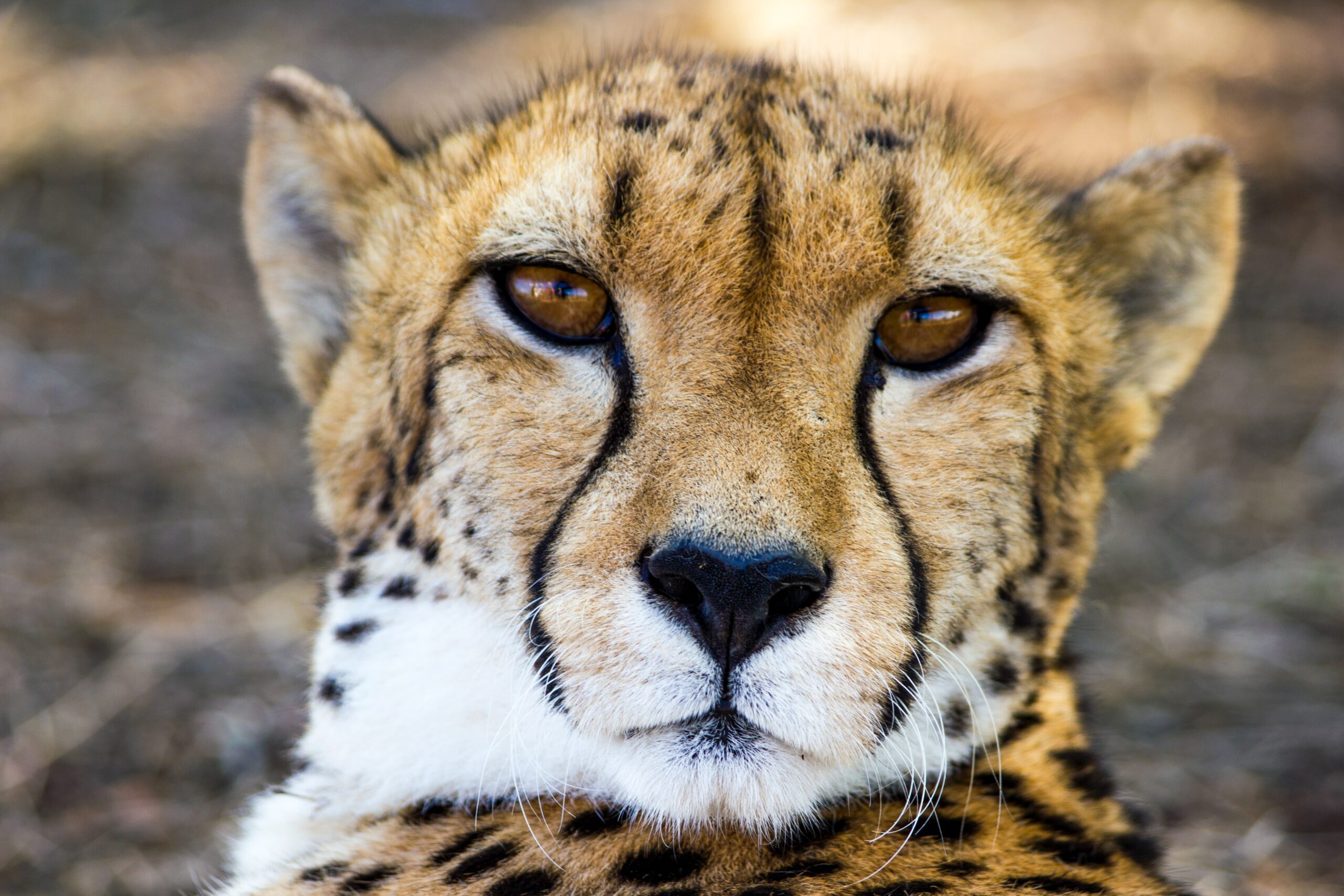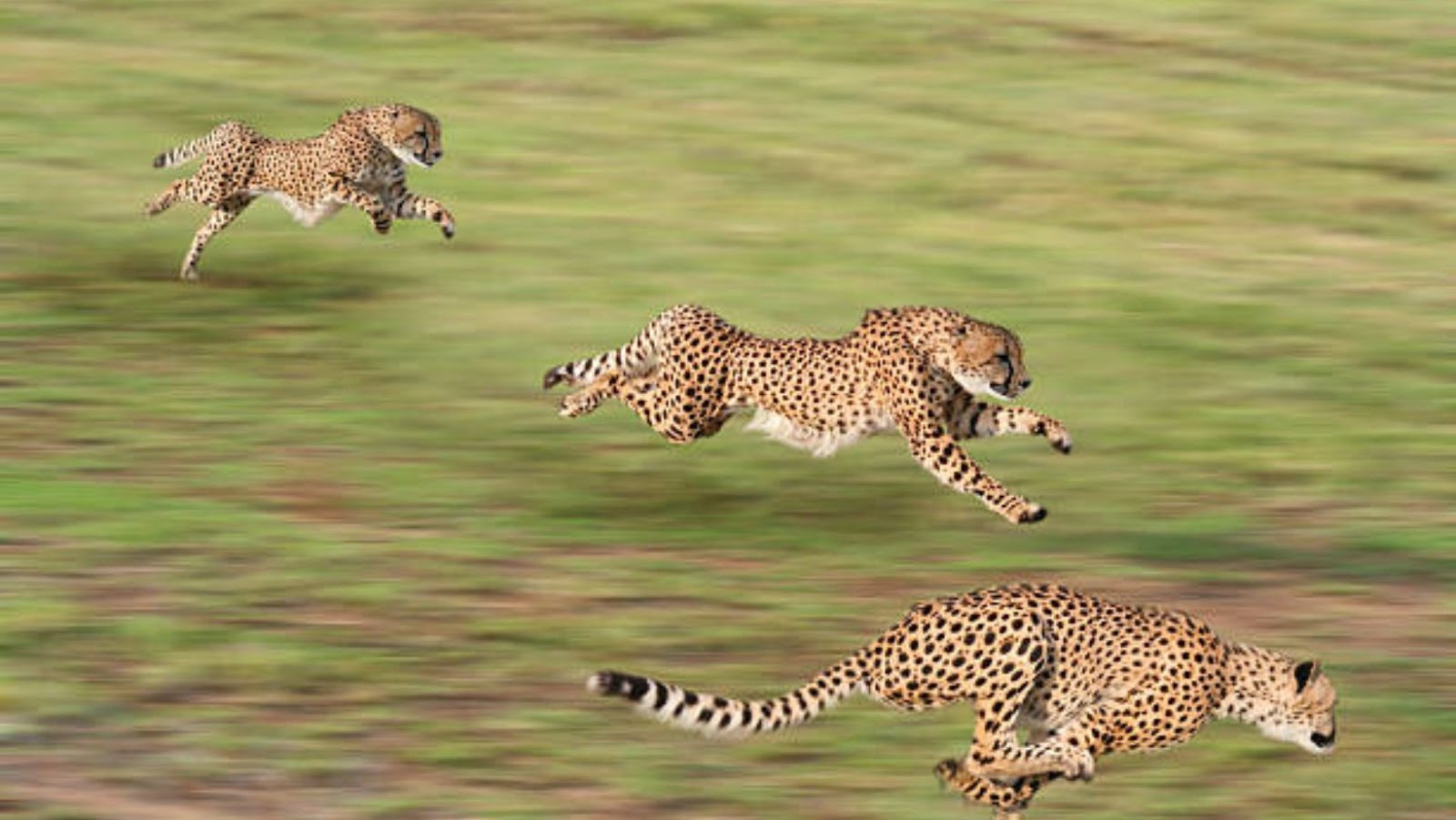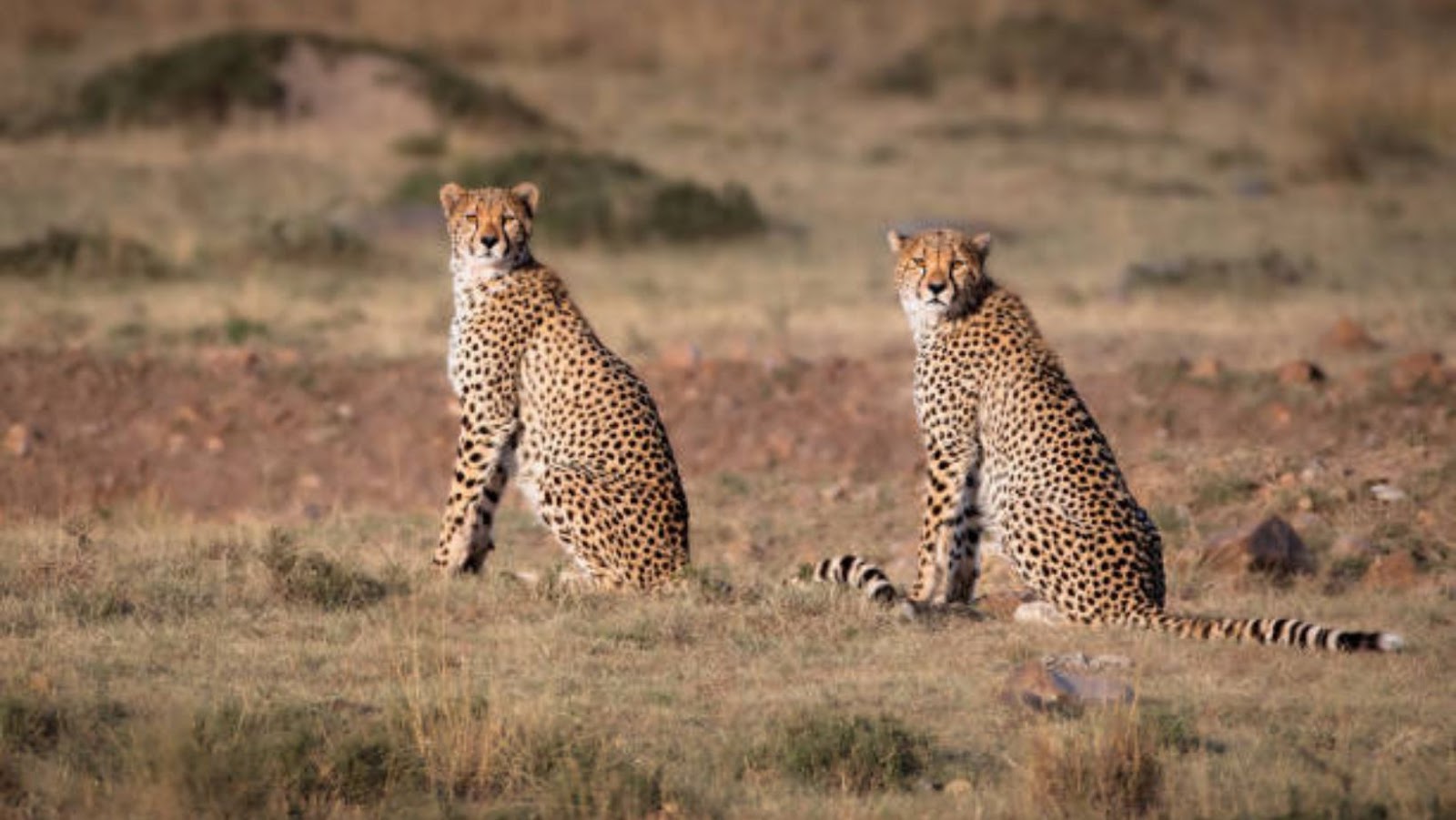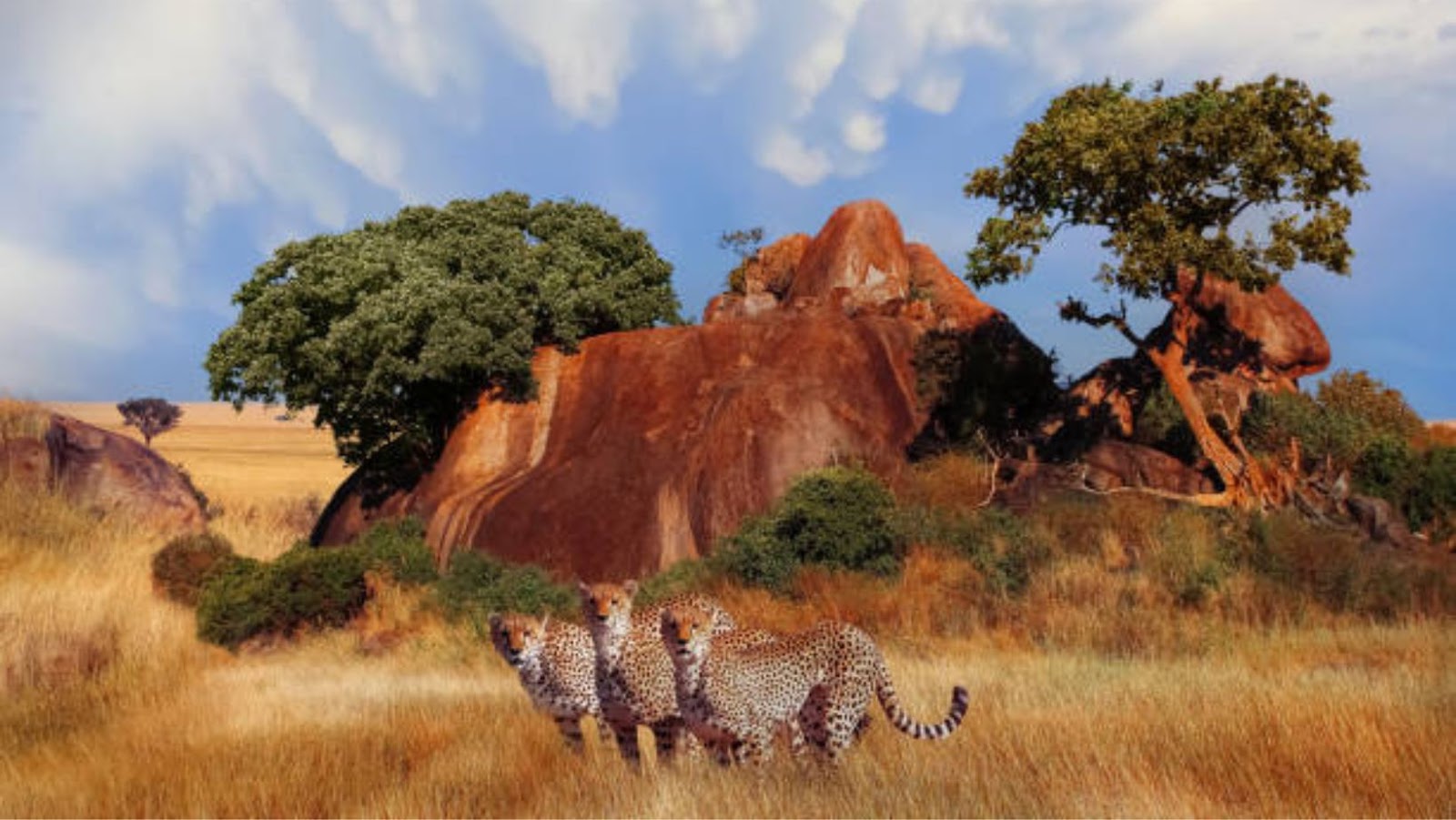Experts Warn That Big Cats Future May Be More Fragile Than Ever Before

Hi, I am Betty Knight, Owner of this site! I…
While magnificent creatures, Cheetahs face a precarious future as experts warn of mounting concerns for their survival.
Cheetah populations have dwindled over the years, with estimates putting their current numbers under 7,000 adult cheetahs remaining worldwide. This decline has been primarily due to habitat loss, human-wildlife conflict, and the illegal wildlife trade.
Furthermore, cheetahs are known for their low genetic diversity, further exacerbating their extinction risk.
To mitigate the risk of extinction, conservationists and policymakers must take urgent action to protect cheetahs and their habitats. This includes implementing measures to reduce human-wildlife conflict, cracking down on poaching and illegal wildlife trade, and supporting scientific research on cheetah genetics and behavior to better understand and protect these magnificent animals.
The Cheetah: Magnificent but Fragile
Cheetahs, long seen as one of the world’s most magnificent big cats, face an ever-growing list of threats that risk their future. Conservation experts and researchers have warned that the cheetah’s future is looking increasingly fragile, noting that a combination of poaching, hunting, habitat loss, and other human activities have put this species in a precarious position.
Physical characteristics and habitat of cheetahs
Cheetahs are the fastest land animals known for their slender build, spotted coat, and distinctive black “tear” marks on their face. They mainly inhabit grasslands and savannahs in Africa and a small population in Iran.
Despite their physical agility, cheetahs are fragile animals that face numerous threats to survival, such as habitat loss and fragmentation, poaching, and conflict with humans. As a result, the cheetah population has decreased dramatically recently, with less than 7,500 individuals remaining in the wild today.
Experts warn that without effective conservation efforts, the future of these magnificent big cats may be more fragile than ever before. Therefore, it is crucial to raise awareness and take action to protect this species and their habitats before it’s too late.
Conservation status of cheetahs and why their survival is important
Cheetahs are vulnerable on the International Union for Conservation of Nature (IUCN) Red List. The survival of cheetahs is crucially important as they play a significant role in the ecosystem.
Here are some reasons why their survival is important:
1. Cheetahs are apex predators and their presence at the top of the food chain maintains ecological balance in their habitats.
2. They are indicators of a healthy environment. Conversely, their disappearance from an ecosystem could indicate larger environmental problems.
3. Cheetahs are important tourism attractions for many African nations, creating jobs and generating revenue.
4. They are culturally significant in many African nations.
The cheetah’s future is uncertain. Habitat loss, human-wildlife conflict, poaching, and climate change all pose significant threats to their survival. Therefore, conservation efforts must be implemented to ensure these magnificent animals’ continued survival.
Threats to cheetahs: Habitat loss, poaching, and human-wildlife conflict
Cheetahs face multiple threats, including habitat loss, poaching, and human-wildlife conflict, all of which risk the future of these magnificent animals.
Habitat loss due to human encroachment and climate change is one of the biggest threats to cheetahs. As their natural habitat disappears, the cheetah’s prey base also dwindles.
The illegal trade of cheetahs for their skins and live trade for the exotic pet industry is rampant. This poaching can severely impact the cheetah population.
Human-wildlife conflict is another big threat, as cheetahs are seen as a threat to livestock, and farmers often take matters into their own hands.
If these threats are not addressed and a plan implemented for conserving cheetahs and their habitats, the future of these magnificent creatures is bleak.

Rajkotupdates.news:cheetah-magnificent-but-fragile-experts-list-concerns-for-cheetahs
Cheetahs are truly a magnificent species of big cat, but experts now warn that their future may be more fragile than ever. Endangered by habitat loss, climate change, and conflict with humans, several of the world’s cheetahs remain threatened.
In this article, we will explore the various concerns that animal experts and conservationists have about the cheetah’s future.
Genetic diversity and health concerns
The genetic diversity of cheetahs has become a growing concern for experts who warn that the future of these magnificent big cats may be more fragile than ever before.
Cheetahs were once widespread across Africa and Asia but are now restricted to small pockets of habitat due to habitat destruction, prey loss, and poaching. This has caused genetic diversity issues due to breeding within small populations, leading to increased susceptibility to diseases, deformities, and reduced reproductive potential.
To address this concern, experts have listed the following actions that need to be taken to ensure the survival of the cheetah population:
1. Protect and expand their habitat
2. Increase genetic diversity through captive breeding and reintroduction programs
3. Crack down on illegal poaching and trafficking
4. Support research and conservation efforts to understand and mitigate the impact of environmental factors on cheetah populations.
Impact of climate change on cheetahs
Cheetahs, once known as the world’s fastest land animal, are facing a multitude of concerns due to the impact of climate change. As a result, experts warn that the future of these magnificent yet fragile big cats may be more challenging than ever before.
Cheetahs are sensitive to changes in their environment, and climate change can result in reduced prey availability, water scarcity, increased competition with other predators, and habitat fragmentation. As a result, cheetah populations are declining at alarming rates.
According to recent studies, climate change has already impacted cheetahs by reducing their prey base, forcing them to travel longer distances in search of food and water, and putting them in direct competition with bigger and more aggressive predators like lions and lions hyenas.
If the current climate pattern persists, cheetah populations will likely continue to decrease, making them more vulnerable to extinction. Hence, it’s high time that we take immediate measures to reduce our carbon footprint and protect the habitat of these magnificent creatures.
Pro tip: We can actively contribute to conserving cheetah populations by supporting organizations dedicated to their protection and working towards reducing our carbon footprint in our daily lives.
Effect of small population size on cheetahs and their reproduction
Cheetah populations with small sizes have a major impact on their reproduction, leading to genetic inbreeding, reduced fitness, and a higher risk of extinction. As a result, experts have warned that these magnificent animals are more fragile than ever, with only 7,500 individuals remaining in the wild.
Here are some of the concerns affecting Cheetah populations:
- Habitat loss due to human development.
- Human-wildlife conflict, including poaching and trophy hunting.
- Low genetic diversity due to a history of inbreeding, which can affect the immune system and cause birth defects.
- Reduction in prey due to hunting, disease, and habitat loss.
- Climate change and reduction in water availability can affect prey availability and, in turn, affect the cheetahs.
To protect Cheetah populations, conservation efforts are necessary to preserve their natural habitats, protect them from poaching and hunting, and provide sustainable solutions to human-wildlife conflict. In addition, forming breeding programs for Cheetahs can help improve genetic diversity in small populations, reducing the risk of inbreeding and future health concerns.

Conservation Efforts
As experts warn that the cheetah’s future may be more fragile than ever due to several environmental threats, conservation efforts are increasingly crucial in preserving these magnificent animals.
Conservation efforts exist to monitor population dynamics, reduce human-wildlife conflict, and improve habitat protection. Let’s discuss the conservation efforts being taken to protect the cheetahs.
International and national efforts to conserve cheetah populations
The current status of cheetah populations worldwide is a major concern for conservation experts, leading to national and international efforts to preserve this magnificent but fragile species.
Here are a few examples of conservation efforts being made to address this issue:
1. Namibia’s Cheetah Conservation Fund (CCF) leads the effort to protect and conserve cheetah populations through research, education, and community engagement.
2. The Global Cheetah Forum brings together conservationists worldwide to develop and implement strategies for cheetah conservation.
3. The Indian government has implemented measures to protect and conserve cheetah populations through habitat restoration, captive breeding programs, and anti-poaching efforts.
These efforts and more are essential to ensuring the survival of cheetah populations for generations to come.
Success stories and challenges of conservation programs
Conservation programs have success stories and challenges preserving vulnerable species like the cheetah. While these magnificent creatures are among the most beloved big cats, they are also the most fragile, with experts warning that their future is more uncertain.
Here are some of the concerns for cheetahs and the conservation efforts being made to save them:
Habitat loss and fragmentation: Cheetahs need large areas of open grasslands to hunt and roam, but their natural habitat is being destroyed and fragmented by human activities. Conservation programs are working to establish protected areas and corridors to connect fragmented habitats.
Human-wildlife conflict: Cheetahs often conflict with humans, especially livestock farmers who see them as a threat. Conservation programs are working to promote coexistence between cheetahs and local communities, through education, compensation, and alternative livelihoods.
Poaching and illegal trade: Cheetahs are illegally hunted and traded for their high-value skins and live cubs. Conservation programs are working with law enforcement agencies to crack down on poaching and smuggling and raise public awareness about the illegality and cruelty of such practices.
Despite the challenges, conservation efforts have brought some success stories, with cheetah populations stabilizing or increasing in certain areas. We hope to secure a brighter future for these magnificent and fragile big cats through continued efforts.

Ways you can help cheetahs: Sustainable tourism and donation initiatives
Experts have warned that cheetahs are in grave danger, and steps must be taken to ensure their survival, such as sustainable tourism and donation initiatives.
Here are ways you can help save these magnificent but fragile animals:
1. Support sustainable tourism- choose hotels, lodges, and safari companies prioritizing conservation and animal welfare.
2. Donate directly to organizations like Cheetah Conservation Fund or Big Life Foundation, which are dedicated to protecting cheetahs and their habitats.
3. Support local communities around cheetah habitats by purchasing fair trade products and participating in responsible tourism practices.
We must protect these wild animals before it is too late.
Pro Tip: Choose tourism activities that promote education about cheetah conservation and responsible environmental practices.
What's Your Reaction?
Hi, I am Betty Knight, Owner of this site! I am a 'nearing 30-year-old', happily married to 1 awesome man. We live in the beautiful tourist town of Franklin NY.


